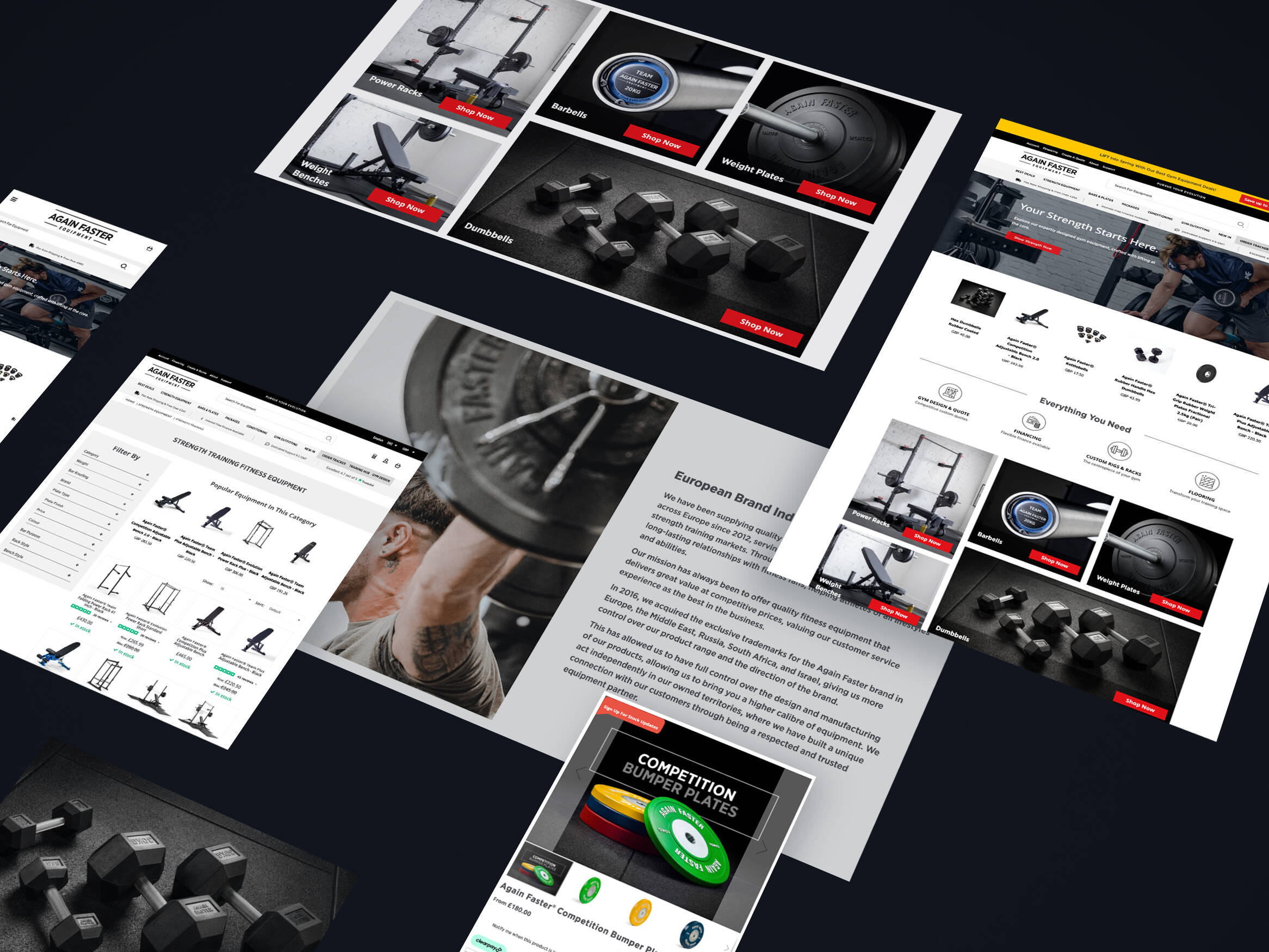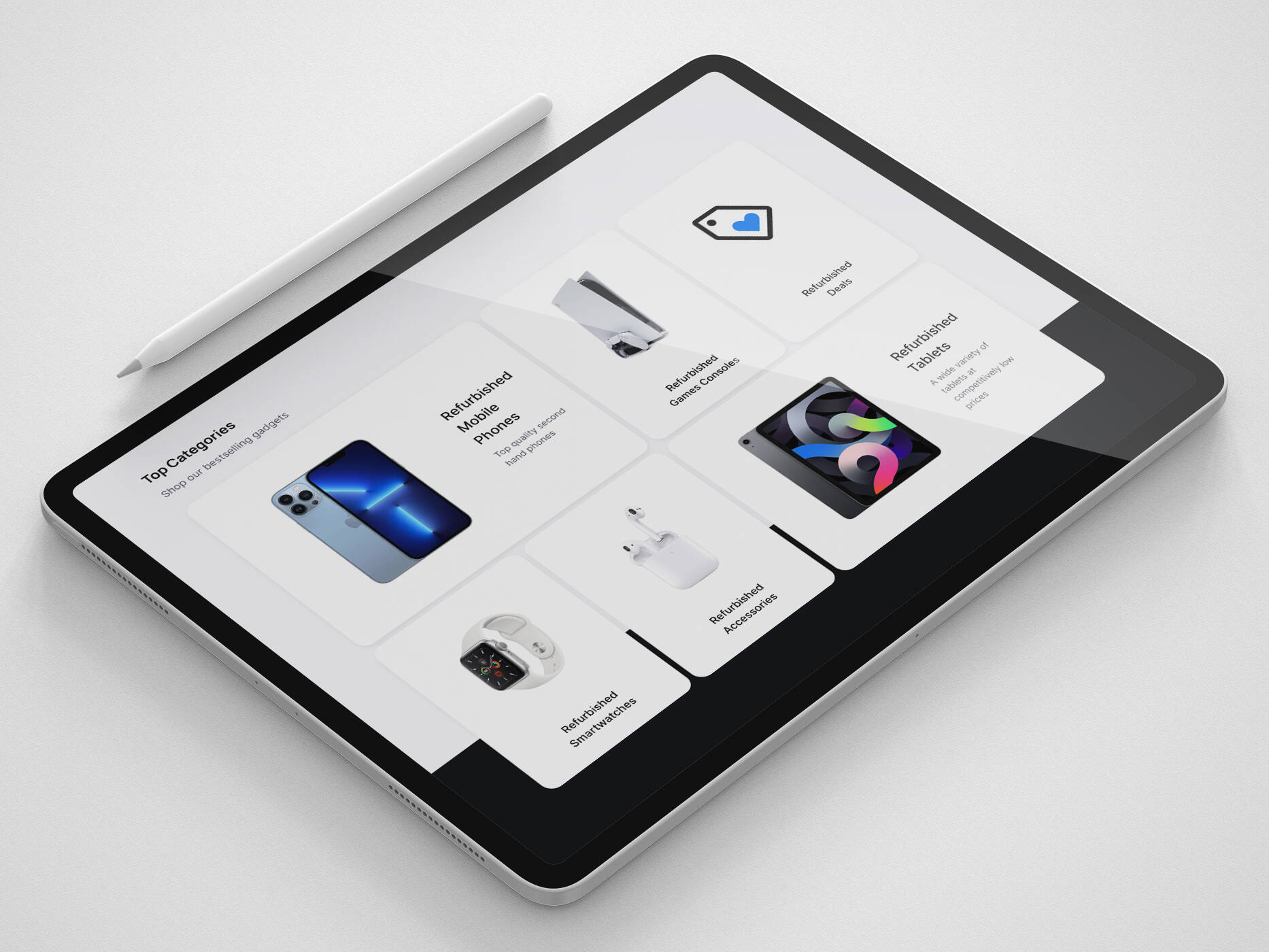Googles mobile-first index means it’s so important, now more than ever, to ensure your website is mobile-friendly. You’ve most likely heard the term ‘mobile-friendly’ being thrown around, but you may not have paid much attention to it.
However, there’s a very good reason for this. Not only do users expect a great experience whether they’re on a desktop or mobile devices, Google is also shifting to a mobile-first index.
What does mobile-first index mean?
Google crawls websites using bots that then return that information to Google. The web pages crawled are then stored in an index (database). There is a desktop index and a mobile index.
Historically, Google has favoured web pages tailored for the desktop index over the mobile index. Meaning that desktop versions of web pages tended to rank better than mobile versions of web pages. However, Google has announced recently that more websites will be transferred to the mobile-first index over the next several weeks.
Over the last few years, mobile traffic has increased so much it’s now surpassed all desktop traffic. According to global web analytics firm StatCounter, mobile traffic has overtaken desktop for the first time. In October 2016, worldwide mobile and tablet browsing accounted for 51.3% of devices used to browse the web.
In the chart below from StatCounter, you can see the gradual rise of mobile usage and the decline of desktop reaching as far back as October 2009.

With the rise of smart devices in homes and on-the-go, users want and need information that is presented to them in a user-friendly and mobile-optimised format.
What has Google been doing to help with the transition?
For the past few years, Google has encouraged webmasters and businesses to make their websites mobile-friendly. Mobilegeddon was the name given to mobile-friendly algorithm created by industry experts and media sites. The new algorithm was released in April 2015. It was the first major algorithm that Google rolled out that favoured mobile-friendly web pages in Search Engine Result Pages (SERPs).
Google has released a number of tools that can identify whether your website is mobile-friendly. These tools include the Mobile-Friendly Test tool, Google PageSpeed Insights tool and the Mobile Usability section within Google Search Console.

More recently Google has released the Think With Google website. This website gives you ideas on how to improve your site, as well as testing tools and industry news.
Website Speed is a Major Factor
Other new tools include the Speed Scorecard that let you know how fast your website loads on 3G and 4G mobile networks is. However, this tool it is useful but fails to provide data for every website as it may not be in Googles dataset. Yet.

The Impact Calculator is a useful tool which shows you how site speed can affect the annual revenue generated through your website. Currently, the results are displayed in US dollars. Hopefully, Google will extend this functionality to cater for other currencies. For now, though you will need to convert those dollars into your desired currency.

The speed in which your web pages load on any mobile devices is highly important. This could be the difference between a sale and the loss of a potential new customer. Google recently announced it will be rolling out another new algorithm, called the Speed Update in July 2018. Websites that load slowly will be affected by this update.
You can read more about the Speed Update in our article ‘What is Google’s Speed Update and How Will it Affect Your Website?’.
Ultimately, Google has been giving website owners time, and tools to help merchants get their websites ready for when the mobile-first index rolls out.
Why Website Owners Should Take the Mobile First Index Seriously
If your website is not ready for the transfer date, it’s possible you may see position drops in SERPs. This can have a negative impact on the inbound traffic navigating to your website. Less traffic may affect your online revenue or the number of leads generated.
What Factors Will Make My Site mobile-Friendly?
If your website hasn’t been updated for many years then it’s most likely not going to be mobile-friendly. If however, your website has been upgraded in the past few years but still fails the Google’s Mobile-Friendly test, here are some of the reason that may be the causing it:
- Blocked JavaScript, CSS, and Image Files
- Unplayable Content
- Faulty Redirects
- Mobile-Only 404s
- Avoid intrusive interstitials, e.g pop-ups that get in a users way
- Irrelevant Cross Links
- Slow Mobile Pages
- Set your viewport correctly
- Small font size
- Touch elements too close
You can read more about this in Google’s Common Mistakes Guide.
How Can We Help?
We recommend using the Mobile-Friendly Test tool to check if your website is mobile-friendly. Simply enter your website address and click the ‘Submit’ button. The tool will then analyse your site and provide feedback on what is causing it to not be mobile-friendly. The example below shows feedback for The British Museum.

If you see that your website is not mobile-friendly, feel free to get in touch to discuss how we can help ready your site for the mobile-first index.
Get in touch
We know commerce, let us help you improve customer experience, increase conversion rates, and make that digital change.
- hello@iweb.co.uk

















